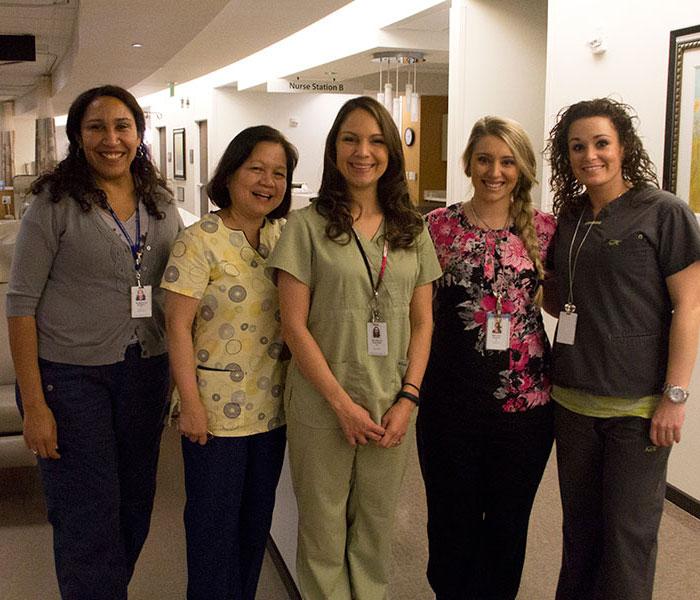Because oncology practice settings are often are chaotically busy with the need to deliver complex care, high-risk treatments, and psychosocial support, oncology nurses are key contributors to the assurance of safe and high-quality care. Patients expect to receive safe care provided by competent staff, and oncology nurses must be aware of the magnitude and significance of safety-related risks. Nurses can incorporate evidence-based behaviors to achieve a culture of safety on a daily basis.
The American Nurse Association (ANA) defines a culture of safety as “core values and behaviors resulting from a collective and sustained commitment by organizational leadership, managers and healthcare workers to emphasize safety over competing goals.” The goal of a culture of safety is to prevent and minimize events that may cause harm.
When individual nurses and nursing units accept and adopt a culture of safety, the expectation is that leaders and staff collaborate to create a team committed to safety. Together, staff can cultivate a work environment that is safe, encourages reporting of errors without fear, and addresses any safety issues and errors promptly and effectively. In a culture of safety, advocacy for both patient and staff safety is demonstrated. Accountability is shared between the organization and individuals, leading to a safe and reliable environment, along with performance and quality improvement.
How can you make a difference in patient and workplace safety? Empower yourself as a leader with the components that are essential to enhance the safety of your own practice. Regardless of your nursing role, care setting, educational level, or the amount of organization influence you may have, you can take steps to make your practice and patients safer. Here are some suggestions to nurture a culture of safety in your own individual practice.
- Know the current standards of care and practice that guide care for patients with cancer.
- Follow policies and procedures; speak up and recommend changes if a step is missing or needs to be revised to ensure higher levels of safety.
- Be a role model for safe care behaviors when administering and caring for patients receiving hazardous and high-risk treatments.
- Report staffing, environmental, and organizational processes that present obstacles affecting the delivery of safe care to patients along the entire trajectory of care.
- Educate patients continually about how they can maintain safety during treatment, into survivorship, and in end-of-life care.
- Communicate continually to identify high-risk care components and at-risk behaviors that may lead to error.
- Communicate effectively during handoffs and care transitions.
- Take ownership of errors, report them as required, and follow-up as needed.
- Use mistakes as opportunities for change to prevent similar events from happening again.
- Ask for assistance, training, or mentoring if faced with a task or care issue that is unfamiliar or its safety seems questionable.
- Remember safety is a holistic concept; consider physical, psychosocial, and emotional safety of patients.
- Remember your own physical, psychosocial, and emotional safety—and that of your colleagues to prevent incivility, compassion fatigue, and burnout.
ONS is shining a #SpotlightonSafety in 2016. Fifteen years after the Institutes of Medicine published the To Err Is Human: Building a Safer Health System and Crossing the Quality Chasm: A New Health System for the 21st Century reports, ONS is supporting the ANA 2016 campaign Safety 360: Taking Responsibility Together with a complementary #SpotlightonSafety initiative that focuses on prioritizing and implementing strategies for safe cancer care. You’ll see monthly themes highlighted through articles in weekly mailings, Clinical Journal of Oncology Nursing editorials and columns, and ONS Connect blog posts. We’ll also be posting blurbs and questions on Facebook and Twitter, and chapter challenge and special interest group (SIG) involvement are in the works, too.
This is an initiative to engage you in sharing your safety stories. Whether you function in a generalist, advanced practice, leadership, educator, or researcher role, consider joining our many safety-related Facebook discussions, Twitter chats, chapter and SIG activities, and events being planned at Congress. We want to find out what you know, what you need to know, and what you have done to enhance the culture of safety and improve the quality of care in your oncology nursing practice.
#SpotlightonSafety starts now. If you have not already taken our initial culture of safety survey, please click here and answer a few questions.






